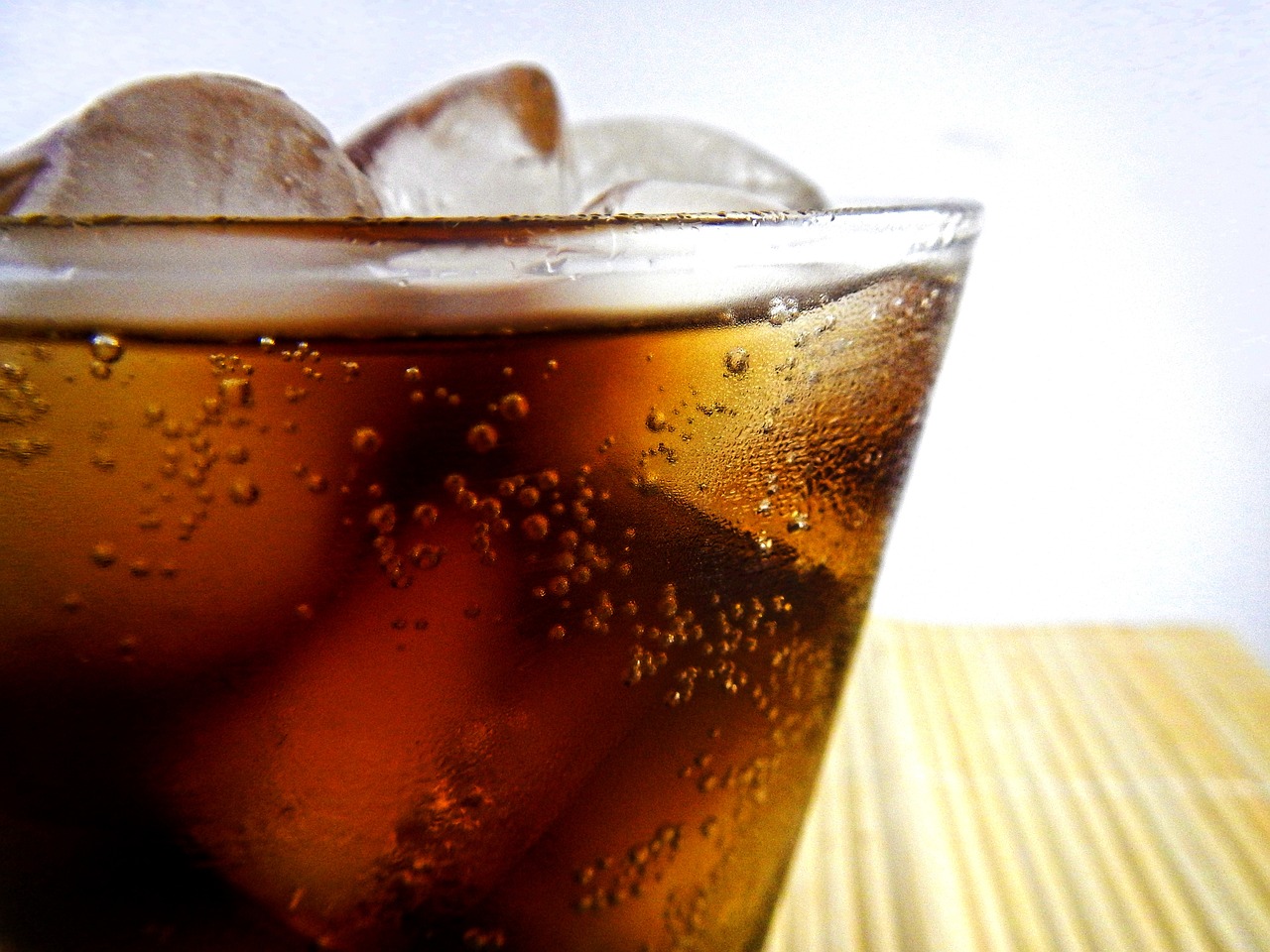It is in soft drinks, light products or ready meals. Now the WHO has classified the sweetener aspartame as “possibly carcinogenic.” What does that mean?
Vienna – The topic has been circulating through the press for weeks. Since Friday, it has been official: the sweetener aspartame has been classified as “possibly carcinogenic” according to the World Health Organization’s (WHO) cancer research IARC.
Aspartame is one of eleven food sweeteners approved in the EU: it is found in soft drinks, yogurt, chewing gum, desserts, dairy products or reduced-calorie products, among others. According to the latest expert classification, the sweetener may cause human cancer – but it should not pose a problem in the usual quantities consumed.
However, despite the new classification, the World Health Organization (WHO) is not changing its guidelines. It sees no evidence in the underlying studies that consumption within the recommended maximum levels could be dangerous. According to current knowledge, the WHO reported, those who adhere to them are not exposing themselves to higher cancer risk.
“A soft drink now and then, or chewing gum: you shouldn’t worry about that, based on current knowledge,” said Francesco Branca, director of WHO’s Department of Nutrition and Food Safety. “We’re not recommending that consumers avoid sweeteners altogether, but we are recommending restraint.” Those in the supermarket considering whether to buy soft drinks with sugar or sweeteners would do best to consider a third option, Branca said: “drink water” – or other beverages without sweeteners.
On Friday, IARC published the new “possibly carcinogenic” classification in the journal The Lancet Oncology. Three human studies showed limited evidence of an association with a particular form of liver cancer (hepatocellular carcinoma).
Important to know: IARC experts only assess whether a substance could, in principle, cause cancer. They do not consider how much of it a person would have to ingest to be at risk of disease, Mary Schubauer-Berigan explained. She heads the IARC Monographs program responsible for classification.
Risk analyses for humans are done by other institutions, such as the Committee on Food Additives of the WHO and the UN Food and Agriculture Organization (FAO) (JECFA) or food safety authorities, such as the German Federal Institute for Risk Assessment (BfR).
The recommended maximum amount of aspartame is 40 milligrams per kilogram of body weight per day. A person weighing 70 kilograms would reach the limit only if they drank nine to 14 conventional-size cans of high aspartame diet drink in one day, WHO reported.
Among hundreds of cancer studies involving humans, the IARC experts found three that looked at the effects of sweeteners. They also reviewed studies in mice and rats. However, they acknowledged all of the studies had certain shortcomings in assessing aspartame. Therefore, the IARC emphasizes that the evidence is limited.
According to Schubauer-Berigan and Branca, the new classification is a call to science. More studies are urgently needed, they said.
- Source: APA/picture: Bild von Ernesto Rodriguez auf Pixabay
This post has already been read 2595 times!



